A devotees hotel from the past, the Hotel Evelyn in Nainital, India.
Hotel Evelyn, The Mall Road, Nainital – 263002, Uttarakhand, India.

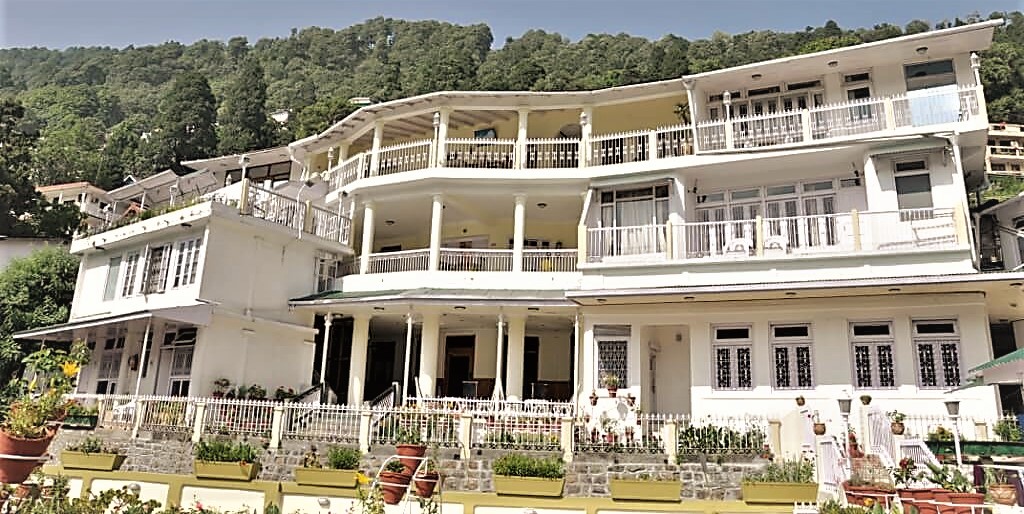
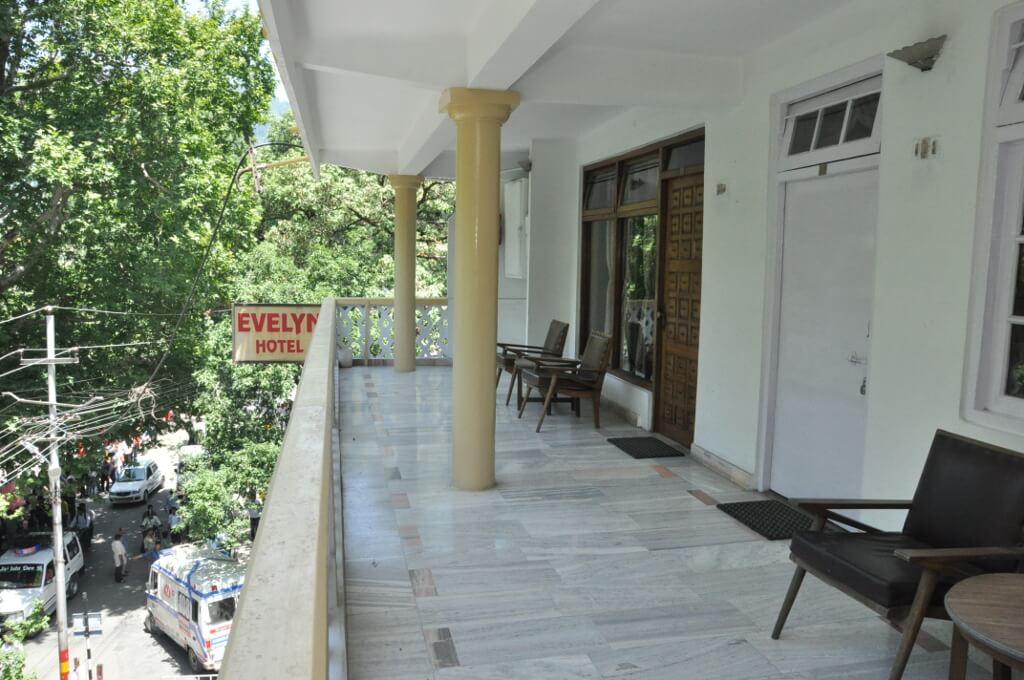
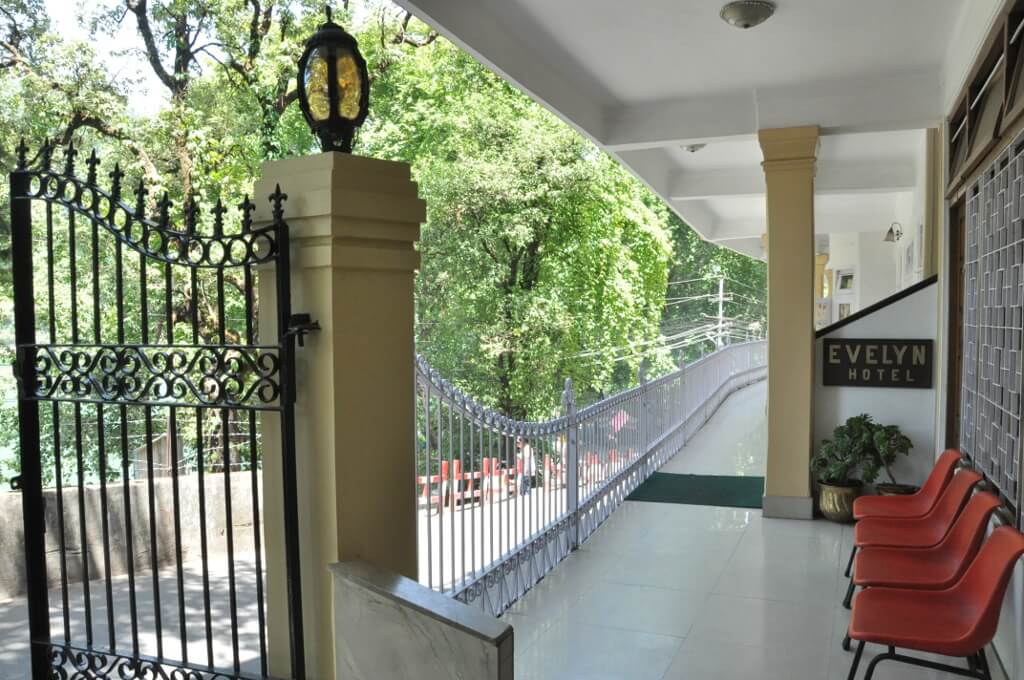
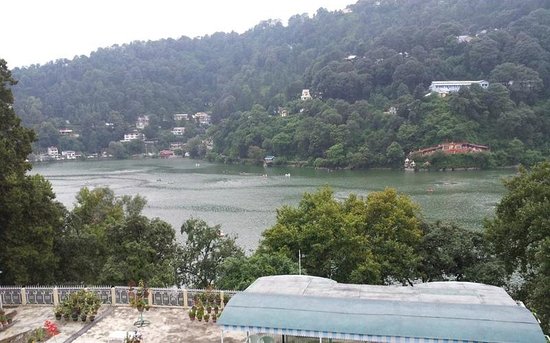
Hotel Evelyn is among one of the oldest hotels in Nainital and has a rich history of hospitality. It has been serving guests even before the town became a retreat for city-weary folk. Before 1947, an English woman, Mrs Page, ran a guesthouse of the same name, where the hotel stands today. Since Indian Independence, it has been owned and run by Mr S.L. Sah’s family. It was his dynamism that turned the small guesthouse into a 60-room hotel. It has a magnificent view of the Nainital lake.
In Love Everyone by Parvati Marcus writes – In September 1971, Ram Dass and I were standing together, leaning over the balcony of the Evelyn Hotel in the “hill station” town of Nainital, looking out over the verdant foothills of the Himalayas and watching the post-monsoon clouds roll across the picture-perfect lake. Rowboats moved gracefully through the waters. Bells rang in the small temple across the lake. The sweet smell of incense wafted out from various rooms in the hotel, where some of the Westerners were meditating or doing devotional practices. Others were writing in journals or reading mail from home – missives from the other side of the world, a place that seemed far less real than the one we were now occupying. We had come back to the hotel after a long day spent at a Hindu temple in the Kainchi valley, a half-hour bus ride away on twisty mountain roads with blind hairpin curves, where we were spending time with a holy man named Neem Karoli Baba, whom we called Maharajji (a title ubiquitous throughout India meaning “great king”) or simply Baba. About twenty of us were living in the hotel as if it were an ashram.
The hotel was owned by longtime devotees of Maharajji, and we were treated like family. After a long silence, Ram Dass turned to me and said, “We are seeing Maharajji to bear witness.” That comment stayed with me over the years, and I’ve thought often about what he meant.
Frank and his wife, Jan, flew from Santa Barbara to Delhi. FRANK: I’ll never forget landing in India, looking out one window at the full moon and out the other window at the Ganges. I felt like I’d come home. We got there in the summer of 1970 and stayed at the Evelyn Hotel. When we first got to Nainital, we hadn’t slept in forty-eight hours. Our room was right above the kitchen, and the first thing I said was, “Can anything come out of that hole in the floor?” The manager said, “Oh no, not a chance.” I’m sitting on the toilet, and this giant scorpion comes out of the hole and starts walking toward my bare feet. That’s the only time I’ve ever levitated. I literally lifted off the toilet seat. We changed rooms at once. Over the next three months, K. K. Sah took us twelve times to darshans with Maharajji alone, privately.
With Maharajji in Kainchi, the retreat in Kausani was over, and suddenly the Evelyn Hotel in Nainital became a mini ashram. We had bell ringers to wake us in the morning. On Sundays, we’d gather on the front patio, and Ram Dass would read from the Bible, one of the Hindu holy books, The Aquarian Gospel of Jesus the Christ, or The Lazy Man’s Guide to Enlightenment. We loved the fairy-tale land of Nainital.
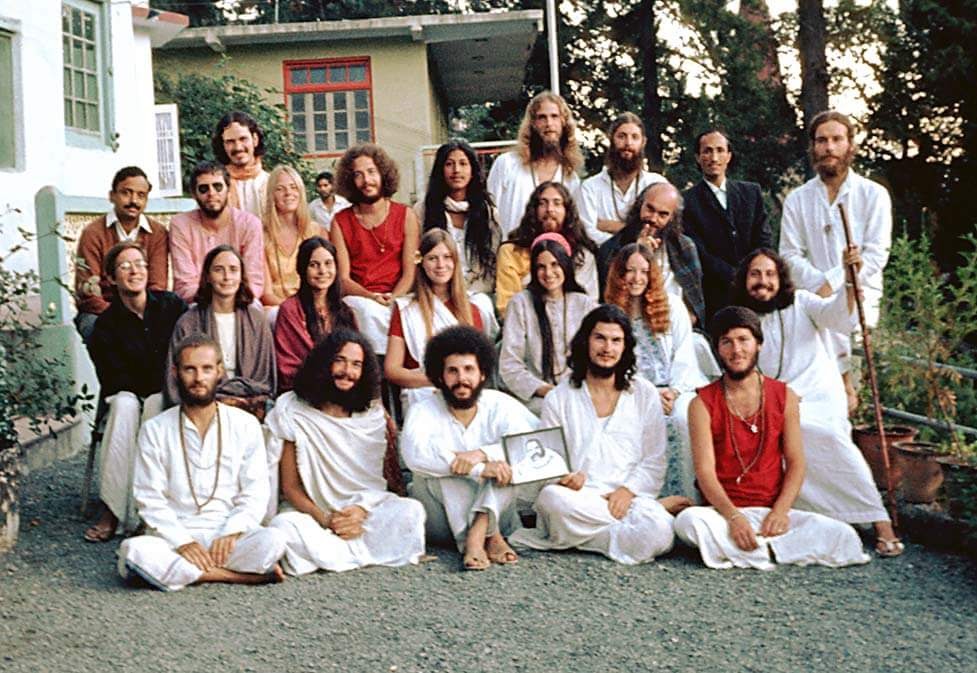
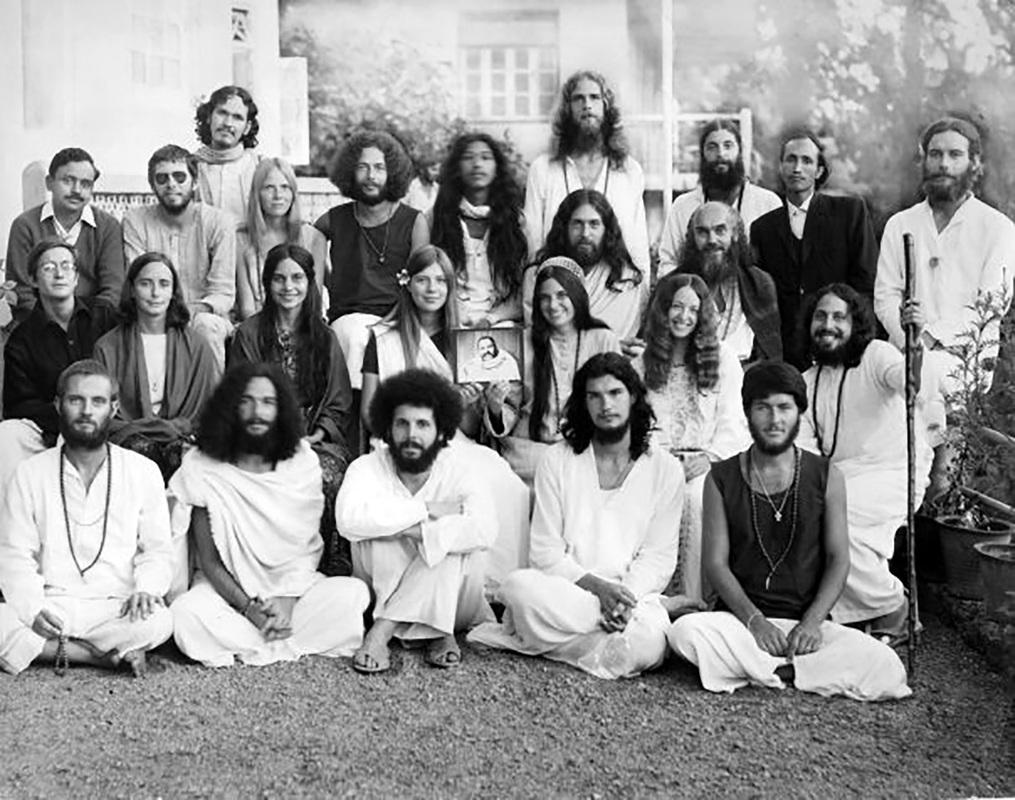
In the above group photo, the “Nainital High” spent 7 weeks at the Evelyn Hotel in Nainital in 1971, while daily making the 19 km journey to Kanchi Dham (Shri Kainchi Hanuman Ashram). This glass plate negative photo was taken by a local photographer at the Evelyn Hotel which had by then become a sort of mini ashram. The photographer brought a huge view camera to the porch, there was no shutter on the lens; the lens cap was removed and the count started. Pavarti Marcus still has the gigantic 11-by-14 negative.
1st Row L to R, Ram Dev (Dale Borglum), Raghvindra Das (aka Raghu Markus/Mitchell Markus and is also the brother of Lakshman Das), Jagganath Das (Danny Goleman), Dwarkanath (Joe Bonner), Vishu.
2nd Row L to R, R Karl, Uma, Annapurna, Anasuya (Teresa Weill), Parvati Markus, Radha Baum, Mohan Baum (holding the staff).
3rd Row L to R, M.L. Sah, Ravi Das (Ron Zimardi, Neem Karoli Baba considered Ravi Dass the reincarnation of the 15th/16th-century Indian Saint Ravidas), Sita (Susan McCarthy), Lakshman Das (Douglas Markus), Carlos Vishwanath, Krishna Das (Jeffrey Kagel), Ram Dass (Richard Alpert).
4th Row L to R, Surya Das (between Ravi Dass and Sita), Tukaram (Jean Nantel, behind Krishna Das), Rameshwar Das (James Lytton, behind Ram Dass), K.K. Sah, Balaram Das (Peter Goetsch).
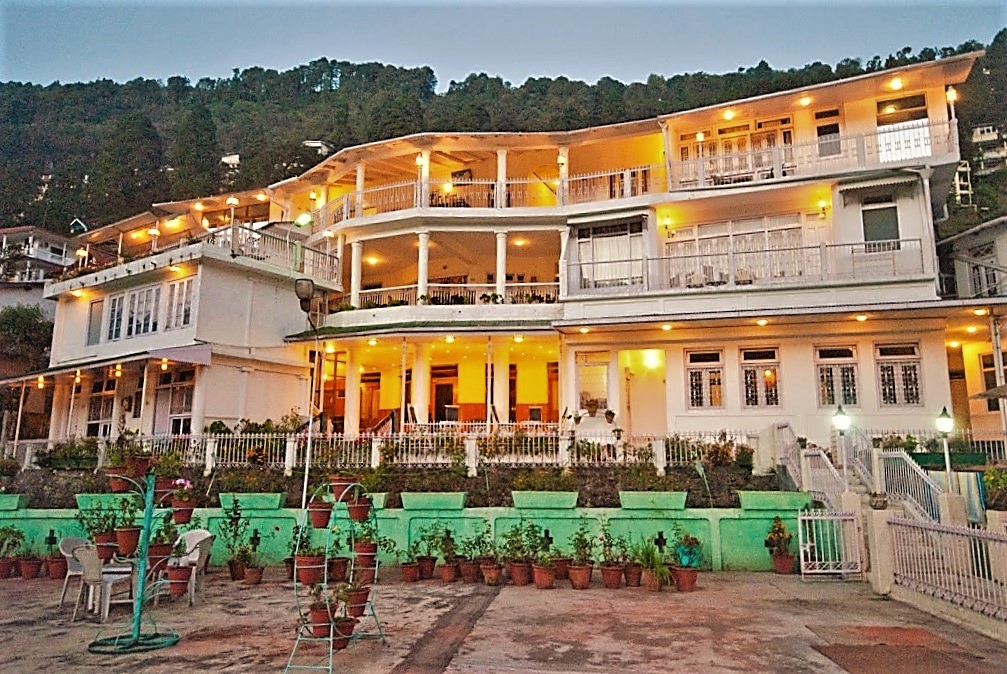
Ganesh Dass writes on September 7, 2018;
Darshan is to bask in the presence of a saint or holy being; to be so fully swathed in their presence, that their innate radiance shines even within you. While topically the experience may seem like people hanging out in an interpersonal exchange, there is something much deeper going on. It’s an opening of sorts, to the intrinsic, connected oneness that underlies what we generally experience as a dualistic reality. To experience true darshan just once on this physical plane is to be in an immensely auspicious incarnation, but to be steeped in daily darshans for weeks on end with a saint as luminous and grace-endowing as Neem Karoli Baba, is an opportunity of a thousand lifetimes ripened. This very rare and fortunate gift was bestowed upon the young Westerners who came along with Ram Dass to spend time with Maharajji in Kainchi in the autumn of 1971.
Leaving their fruitful, but makeshift retreat in Kausani upon hearing news that Maharajji was back in Kainchi, Ram Dass and the Westerners trekked their way South to the remarkably serene setting of Neem Karoli Baba’s Kainchi Dham Ashram, which would pose the backdrop for what would turn out to be nearly seven full weeks of consistent darshans. The matter of where this expanding throng of Westerners could stay during this time was easily answered, as a hotel run by a family of close Indian devotees was just a little over ten miles away in Nainital. The Evelyn Hotel, owned and operated by the accommodating and gracious Sah family, became a home base for the Western devotees who came together to make daily visits to Kainchi for darshan of Maharajji.
The Sah’s sincerely and tenderly opened up their lives and hearts to the young Westerners, treating each of them as true extensions of their own family. These weeks, completely submerged in satsang, helped reinforce and fortify what were already strong bonds between devotees. The Westerners who took place in what turned out to be an ashram-esque experience at the Evelyn Hotel in the autumn of 1971 affectionately call this pivotal time “Nainital High.” As elucidated so eloquently by Parvarti Markus in her book Love Everyone, “All in all, those seven weeks of almost daily darshans with Maharajji in Kainchi were an immersion into the heart of the bhakti experience. It also forged us as a satsang, with ties that have lasted now for well over forty years. We may not see each other often, but when we do get together it’s as if no time has passed at all.” It is my hope that this trip does the same for all of us.
https://www.thesloppybhakti.com/single-post/2018/09/06/Kainchi-The-Evelyn-Hotel-and-Nainital-High
K.K. Sah.
K.K. Sah was a lifelong devotee of Maharaji and a close family friend of Ram Dass since he first met Maharaji in 1967. It was K.K. who served as Ram Dass’ translator when he communicated with Maharaji, and took Ram Dass into his home and introduced him to Indian family life. K.K. passed away at his home in the town of Nainital in Northern India on January 14th, 2020. The impact that KK had on Ram Dass, the many Westerners who traveled to India or met him in America, and the Satsang at large cannot be overstated.
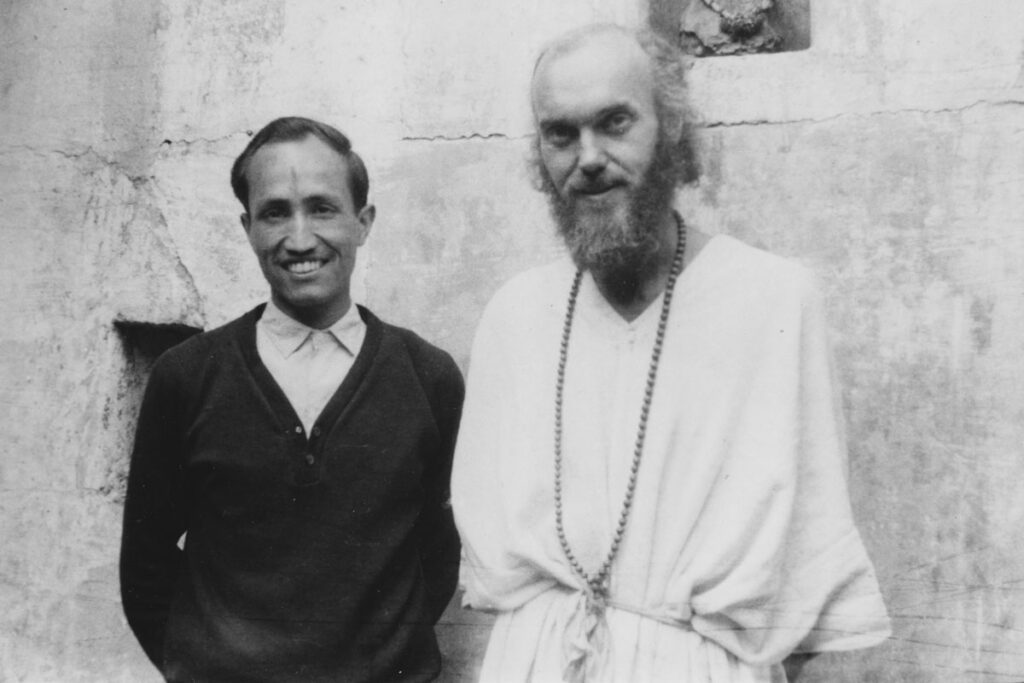
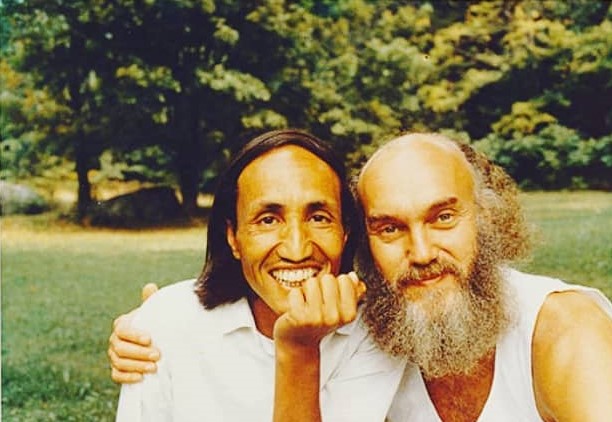
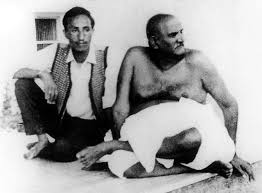
To begin with, there might not have been a Neem Karoli Baba (Maharajji) Satsang in the West without KK. When Ram Dass first met Maharajji, KK translated for him. Then Maharajji told KK to take Ram Dass home. He took Ram Dass not only into his home but also into his family and his heart; they bonded instantly.
Before returning to America, Maharajji told Ram Dass not to talk about him. Of course, he could do nothing else, but he never gave out Maharajji’s name or where to find him. Eventually, Ram Dass gave KK’s address to a few Westerners – including Jeff Kagel (Krishna Das) and Jim Lytton (Rameshwar Das) – who wrote letters requesting permission to come to meet Maharajji.
KK responded, “As you know, Sri Maharajji does not show any kind of enthusiasm or sentiment in calling the devotees to him, but his doors are always open. If you happen to be visiting in India and come here, you can have his darshan (be in his presence) as so many do, day in and day out… As you are so keen to see him, now it is up to you to come and have his darshan.”
Naturally, there’s a story behind the story. What actually happened was that KK had gone to see Maharajji at Kainchi with the letters from the Westerners. He put the letters on Maharajji’s bed and was feeding Maharajji slices of apple. Maharajji said, “What are those?”
“They are letters from Ram Dass’s students,” KK replied. “They want to come to see you.”
Maharajji said, “What do I have to do with these people? Tell them not to come.”
KK sulked. He put his head down and stopped feeding Maharajji the apple. Maharajji continued talking to other people. Finally, he looked down at KK and said, “What’s the matter?”
KK said, “Maharajji, I can’t tell them that. They’re Ram Dass’s students.”
This went back and forth for some time. Finally, Maharajji gave up in frustration and said, “Tell them what you want.”
“This was KK’s seva (service), to serve Ram Dass, and serve Maharajji by serving Ram Dass and helping him. So we were students of Ram Dass, and by helping us, he was serving Ram Dass. And now Maharajji was interfering with the service that he himself gave KK to do, and he was not going to stand for this.” – Krishna Das.
Deva Bhumi: The Abode of the Gods in India by K.K. Sah
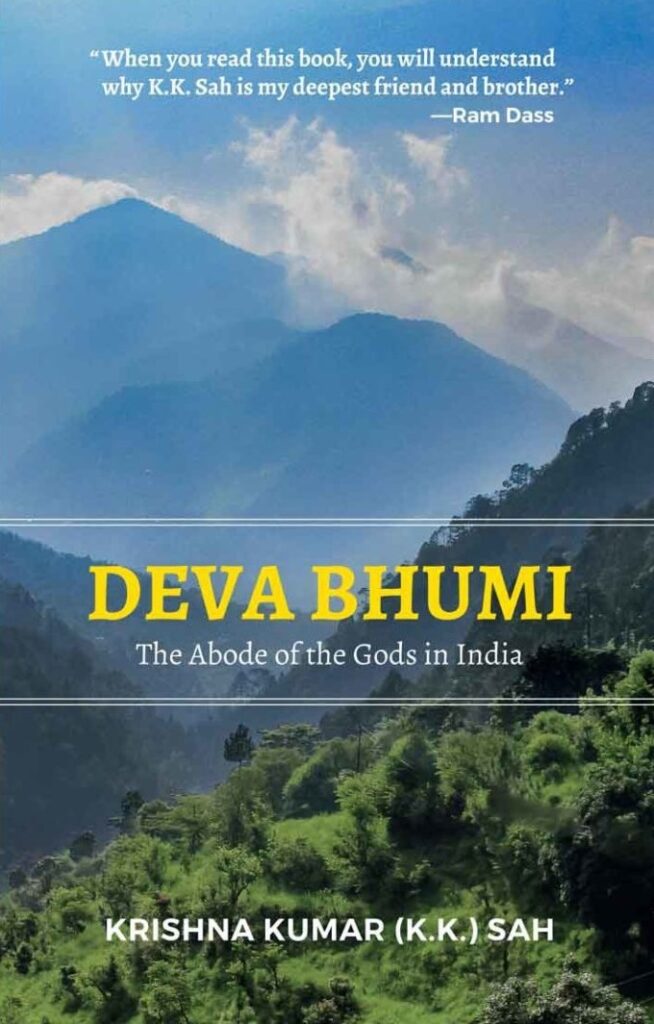
In Deva Bhumi We get an opportunity to hear of the vibrancy and spiritual tapestry of this very special region of India where the divine presence presided through these beloved Gurus in K.K.’s story. We also hear, for the first time, the stories of one particular Saint of this region of the Himalayas, Sombari Baba, who exemplified the enigmatic and holy presence of a completely free being or as it is known in India, a Siddha- a fully accomplished and realized being.
K.K. passes forward the love and wisdom of these very special beings who represent the promise of what we can be as humans. It is the story of a place on our planet that has been the centre of a tradition of love, compassion and service through the living examples of these great beings.
Land of the Gods: KK grew up in the Kumaon Hills in the foothills of the Himalayas, an area of Northern India known as Deva Bumi, or Land of the Gods. His family followed the great yogi saints or siddhas, like Sombari Baba, Hariakhan Baba, and Brahmachari Maharaj. In this book, KK writes about the spiritual tapestry of this very special region and shares stories of the area’s beloved gurus.
From a very young age, KK spent time with these great beings, soaking in their presence through his father’s stories and his own experiences. He was only six or seven years old when he first met Maharajji, so he basically grew up in the lap of unconditional love.
KK used to cut school to spend time with Maharajji. His teacher was a devotee also, and he made a deal with KK to get darshan with Maharajji. “As long as you get me darshan, when you are absent I will mark you present.”
When KK finally did show up to class, the teacher said, “You have been absent so long and I have been marking you present. Now that you are present I will mark you absent.”
KK worked as a clerk in the municipal office in Nainital. After a few hours of work, he’d leave to see Maharajji at the temple. No one would dare reprimand him because they knew about his relationship with Maharajji. Unlike the other office workers, he would get all his work done in a couple of hours, and then take off to see his guru.
Fearless Devotion: Maharajji gave KK the boon that he would forever be like a child. KK said, “I take full liberties because of this.” He was a fearless devotee; he had the devotion of an impudent child who could make demands of his parents and argue with them, always from love. Although he knew Maharajji knew everything, KK would still play tricks on him. It is a form of bhakti yoga that few are capable of – it takes perfect fearlessness based on full faith.
“KK’s devotion is not only sincere but intense and powerful.” – Krishna Das
After Maharajji left his body, KK devoted much of his time to Ram Dass and the Western Satsang. Even in his later years, he traveled to the U.S. several times. It was a true boon for all of us. He nourished our roots with love, and now we must ensure that this flower of Satsang, the Satsang he loved so much, continues to bloom.
Noah Markus for Love Serve Remember Foundation.
